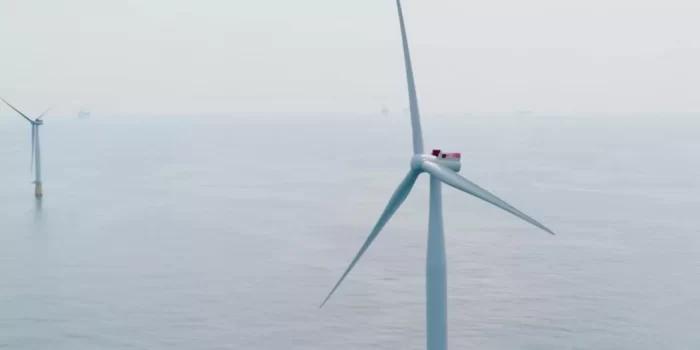The recent inauguration of the Hywind Tampen floating offshore wind farm in Norway marks a significant milestone in the intersection of renewable energy and traditional fossil fuel production. The grand ceremony, attended by Crown Prince Haakon of Norway, highlighted the ambitious project’s scale and potential impact on the energy landscape.
Spanning 87 miles off the Norwegian coast, the Hywind Tampen project boasts the distinction of being the world’s largest floating offshore platform. This unique design allows the installation of wind turbines in deeper waters where sea winds are stronger, effectively tapping into a more potent energy source. Unlike conventional offshore wind farms fixed to the seabed, floating platforms minimize construction costs and boost energy production, aiding in the viability of such projects.
However, the apparent paradox of this venture lies in its intended purpose. While wind farms are typically celebrated for their role in combating climate change by displacing fossil fuel usage, the energy generated by the Hywind Tampen project is earmarked to support the operations of five oil and gas fields in the North Sea. The juxtaposition of renewable energy powering traditional fossil fuel extraction raises ethical questions and invites scrutiny.
The project is spearheaded by Equinor, a prominent player in Norway’s oil and gas sector, and while it aligns with the nation’s aspirations of emission reduction, the magnitude of its impact is a subject of debate. The Hywind Tampen farm, with its 11 wind turbines generating 88 MW, can offset around 35 percent of the energy demands of the North Sea platforms. However, this reduction, while meaningful, only accounts for a fraction of Norway’s total emissions. Environmentalists argue for a more aggressive approach, advocating for a complete halt to oil and gas production to effect genuine change. Nonetheless, Prime Minister Jonas Gahr Stoere emphasizes a balanced transition, acknowledging that an abrupt cessation of fossil fuel operations could disrupt the energy transition process.

Norway’s broader commitment to renewable energy is evident in its ambitious plan to generate 30 GW of energy from offshore wind farms by 2040. The Hywind Tampen project, with its innovative approach and capacity, is a stepping stone toward that goal. Costing 7.4 billion crowns (US$ 740 million) and receiving 2.9 billion crowns (US$ 290 million) in subsidies, the project demonstrates a significant investment in renewable energy infrastructure.
In conclusion, the Hywind Tampen floating offshore wind farm embodies the complexities of energy transition in a fossil fuel-dependent world. While the project’s ability to offset operational emissions from the oil and gas fields is commendable, it highlights the challenges of reconciling renewable energy generation with traditional fossil fuel industries. As the world strives for a sustainable future, finding an equilibrium between reduction and transformation remains a critical endeavor.


